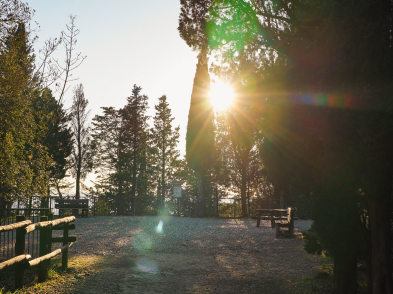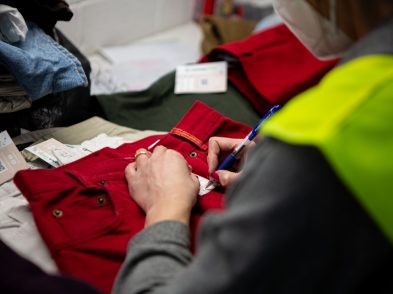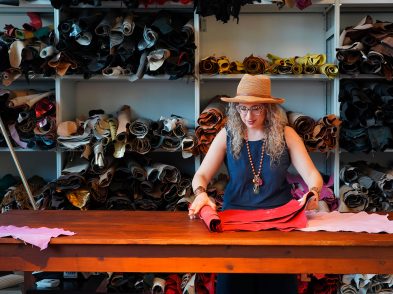As a female photographer in the 1960s, Lisetta Carmi went where few women could, exploring working conditions and questions of gender long before these became common catchwords. A monographic exhibition, titled Suonare Forte, at Villa Bardini presents an impressive body of work, including Carmi’s previously unpublished photographs of the 1966 Florence flood.
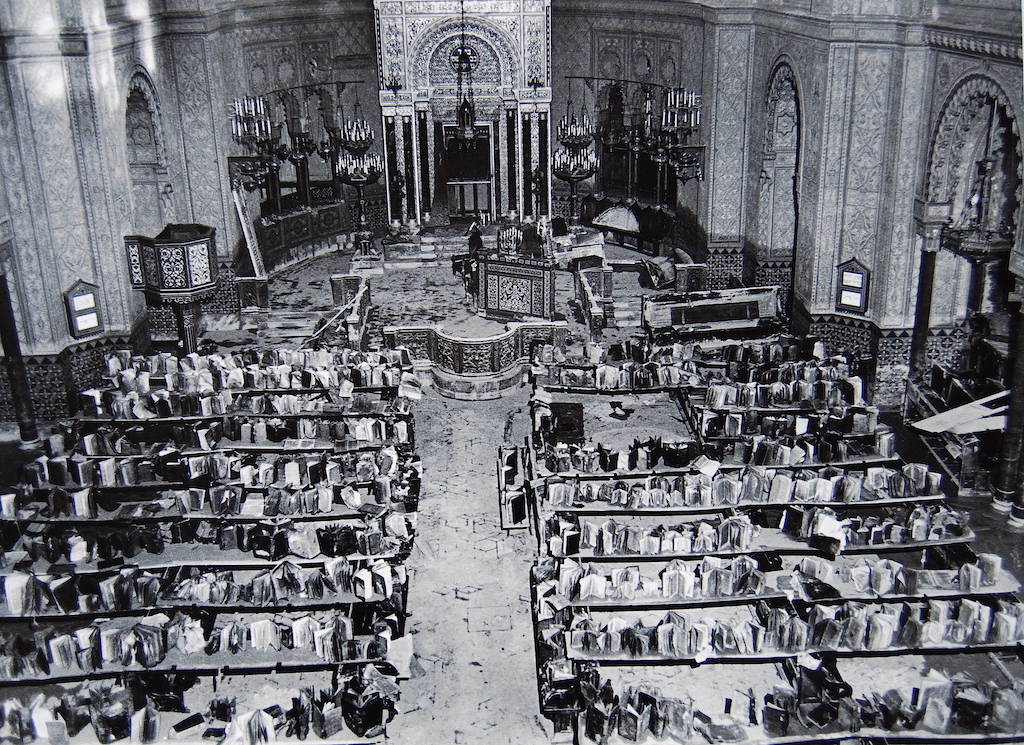
A cross between photojournalist and ethno-anthropologist, Carmi went beyond photography as aesthetic practice. In 1964, posing as the cousin of a male friend who worked at the port of Genoa, she captured the hard life of these workers, few of whom owned shoes but all of whom were happy to see the young woman they thought was a “tourist interested in seeing the port”. In this exclusively male realm, she captures human pain and beauty within suffering. The theme of work is further explored in her photos at Italsider steelworks, where her brother worked. These photographs are social criticism designed to shed light on a hidden yet essential aspect of her native city of Genoa, which she accomplished in a traveling exhibition.
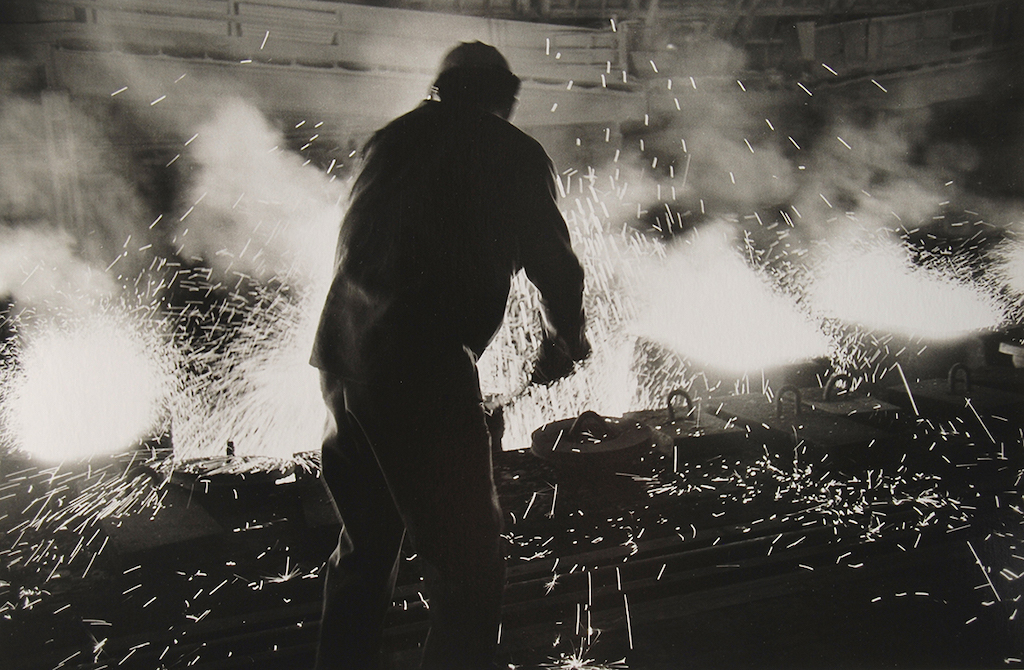
The photographs for which Carmi is perhaps most famous are another series that “uncovers” a hidden community, which she created during six years spent among Genoa’s transgender community (1965-71) who lived in the ex-Jewish ghetto where Carmi herself resided. These were years in which non-heterosexual relations were taboo and transvestites were completely marginalized. Carmi’s photos show the trust she established with her subjects, who became her friends. In a book of these photos published in 1972, she reflects on the role of transvestites within larger questions about gender roles and, specifically, her own relationship with them. “At that time I, too, faced problems of gender identity. Now I understand that it wasn’t so much the acceptance of a state, so much as the rejection of a role. And my relationship with the transvestites helped me accept myself for what I am: a person who lives without a specific role.”
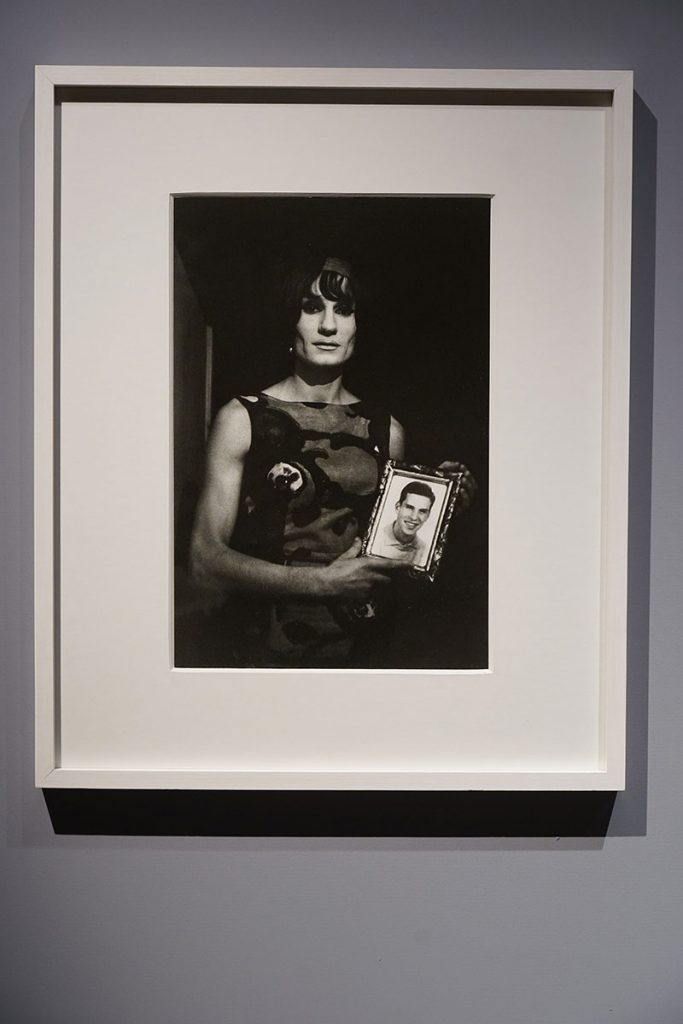
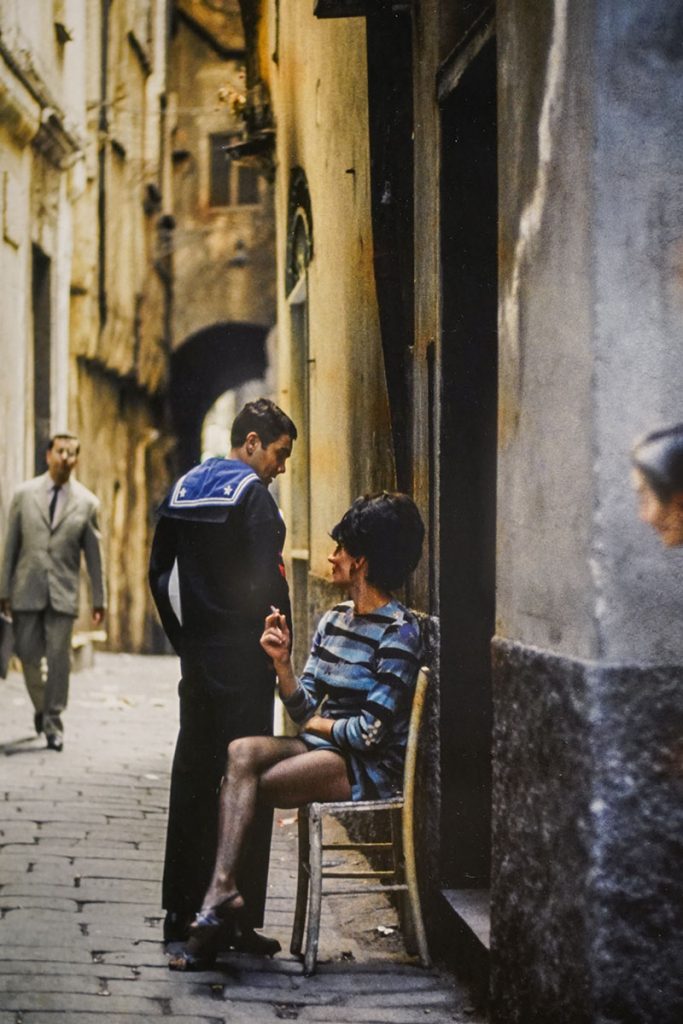
Carmi constantly reinvented herself throughout the 98 years of her life. Photography actually only represented 20 years of her long existence as the Jewish-born Carmi’s studies were interrupted by the racial policies of WWII, which caused her family to seek refuge in Switzerland, and upon her return she began a career as a concert pianist. In 1960, she took her first photos of workers with whom she had contact through a music appreciation course she had taught. Her involvement in this social movement motivated her to abandon piano entirely. She left photography altogether in 1984, having founded an ashram in 1979 after meeting the guru Babaji some years before. She passed away in July 2022.
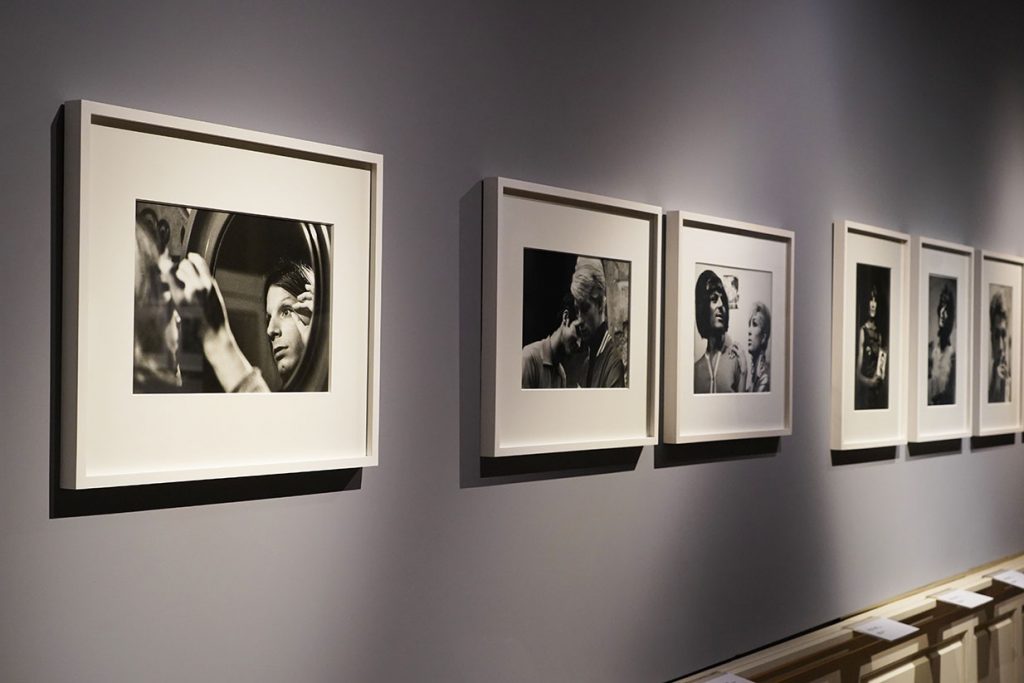
The show at Villa Bardini is the first in a series titled La Grande Fotografia Italiana, curated by Roberto Koch for Gallerie d’Italia, Torino, which tours the exhibition spaces owned by Intesa Sanpaolo bank in Turin, Milan, Naples and Vicenza as well as Florence. We can expect to see more exhibitions like this, which will hopefully spotlight woman photographers alongside their male counterparts.
Lisetta Carmi: Suonare Forte
Until October 8, 2023

